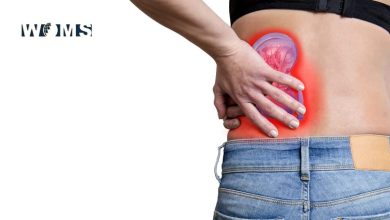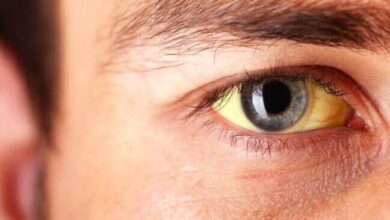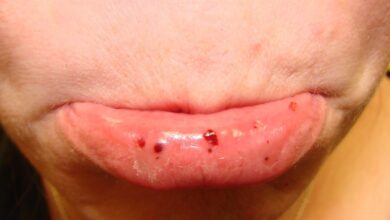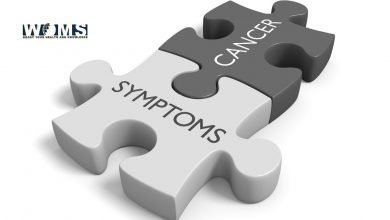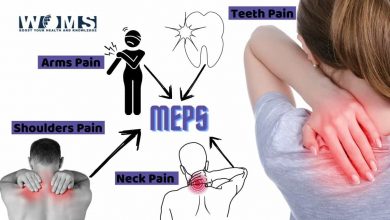Left flank pain and Right flank pain: Causes & Treatment
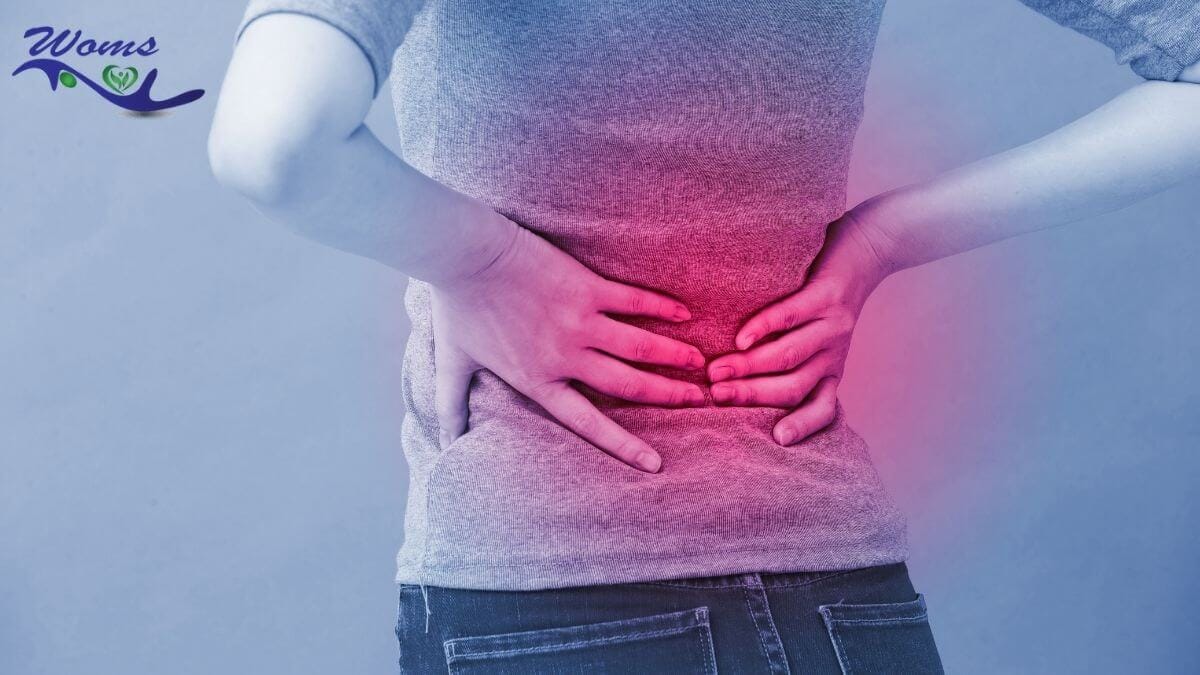
Flank pain is the pain that occurs in the side of the torso which is present just below the ribs. This pain sometimes may augment to lower back as well. There are many organs and muscles present in the right flank and left flank, due to which the flank pain is common.
Let’s know about what is flank before jumping into the main topic of flank pain. Flank is also known as the lumbar region. The lumbar region is the side of the body between the rib cage and the iliac bone of the hip. The main contents (organs) of the right flank or right lumbar region are the right kidney, ureter, and ascending colon. Similarly, the content of the left flank or left lumbar region is left kidney and descending colon.
What is flank pain?
Flank pain refers to dull pain which is felt between the rib cage and iliac bone. Sometimes the pain may extend to your loin region (low back of your body). It can be isolation or radiating pain too. It varies on the causes of pain. Usually, it is unilateral pain. There are many organs situated between the left and right flanks, making flank pain common symptoms.
Flank pain so common that many people experience at least once in their life. However, some causes of flank pain are kidney infection, dehydration, pancreatitis, and more.
The major cause of flan pain is kidney problems. Though, it can be urinary tract infections or other serious medical conditions. If these types of pain occur along with additional symptoms, it’s better to see your doctor as soon as possible.
Causes of flank pain
Some of the common causes of flank pain are:
- A kidney infection
- A kidney abscess
- Kidney stone
- Dehydration
- A bladder infection
- Shingles
- Tietze’s syndrome
- Arthritis, especially spinal arthritis
- A spinal fracture
- Disc disease
- Muscle spasm
Less common disease associated with flank pain are:
- Pneumonia
- Pancreatitis
- Appendicitis
- A blockage in the urinary tract
- Crohn’s disease
- An abdominal aortic aneurysm
Kidney problem
Although some patients with kidney disease experience hypertension, edema, nausea, or hematuria that may lead to its discovery, kidney disease is often discovered incidentally during a routine medical evaluation. The initial approach to kidney disease is to assess the cause and severity of renal abnormalities. In all cases, this evaluation includes
- estimation of disease duration,
- careful examination of the urine, and
- assessment of the glomerular filtration rate (GFR)
The history and physical examination, though equally important, are variable among renal syndromes—thus, specific symptoms and signs are discussed under each disease entity.
Kindey problem that may causes flank pain include
- Kidney stone
- Kidney diseases, such as polycystic kidney disease
- Kidney infection
- Kidney abscess
Symptoms of kidney problem
Some of the symptoms that you may experience due to kidney problem pains are:
- Fever
- Rash
- Nausea
- Dizziness
- Vomiting
- Constipation
- Diarrhea
- Haematuria (blood in urine)
You must visit a doctor immediately if you’re experiencing any of these above symptoms along with prolonged flank pain.
Kidney stone
A kidney stone is also known as nephrolithalisus or renal stone. Up to 20% of patients have kidney stones. primarily calcium oxalate and hydration (2–3L/day) is recommended to prevent precipitation of stones.
Polycystic kidney disease (PKD)
Polycystic kidney disease (PKD) is a comfortable condition, with a prevalence of approximately 1:1000, and is inherited as an autosomal dominant trait. Small cysts lined by tubular epithelium enroot from infancy or childhood and enlarge moderately and intermittently.
Kidney infection
Kidney infection, also known as pyelonephritis, is a type of urinary tract infection (UTI) that generally begins in your urethra or bladder. It travels to one or both of the kidneys. Pregnancy predisposes women to urinary tract infections.
If asymptomatic bacteriuria is discovered during pregnancy, it should be treated promptly with antibiotics. To prevent ascending renal tract infection. Pyelonephritis is more common in pregnancy due to the physiological dilatation of the upper renal tract; if it does occur, it can trigger premature labor.
Kidney abscess
A kidney abscess, also known as a renal abscess, can be caused by the bacteria from kidney infections. The bacterial travel through the blood or in urine backing to the kidney. It is not a common disease that can spread to kidney tissues.
Dehydration
Dehydration can cause pain in one or both kidneys. Severe or chronic dehydration build-ups wastes in your kidneys, which may also cause flank pain. You must visit the doctor immediately if you experience any of the below symptoms with flank pain.
- Extreme thrust
- Absence of sweat
- Dizziness
- Tachycardia (increase pulse rate)
- Dry mouth
- Headache
- Fever
- Dark urine
- Constipation
- Decreased urine output
It is important to correct the dehydration right away because severe dehydration may lead to hypovolemic shock.
Muscle problem
Muscle injuries are one of the common causes of flank pain. The muscle of the anterior abdominal wall, the back muscle like semispinalis, multifidus, and even the chest muscle may cause flank pain. Some common causes of muscle pain which causes right and left flank pain are:
- Muscle sprain
- Overuse of muscle
- Stress
- Sedentary lifestyle
Mainly flank pain is usually on one side of the injured muscle. But in the case of a sedentary lifestyle, people may evidence pain on both sides of the radiating pain.
Shingles
Shingle is an infection caused by the varicella-zoster virus. Varicella (chickenpox) is a dominant disease, zoster (shingles) is the recurrent form. VZV is a structurally and morphologically similar to other herpes virus but is antigenically different. It has a single serotype. The same virus causes both varicella and zoster. Human is natural hosts.
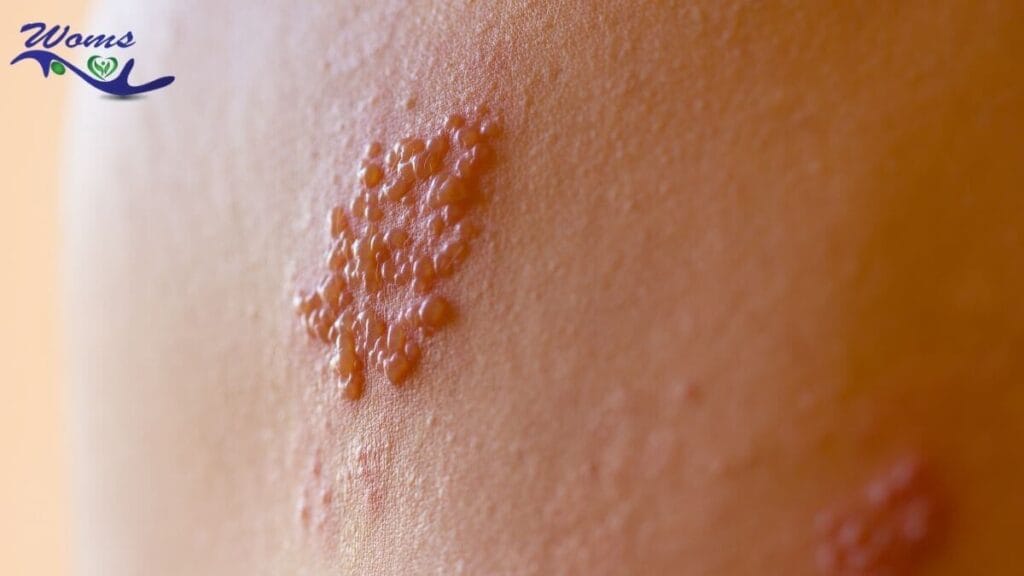
After recovery from primary infection, the virus remains latent, probably in the dorsal root ganglia. At the times of reduced cell-mediated immunity, the virus is activated and causes vesicular lesions along with the distribution of the nerve and also causes nerve pain.
Shingles can be caustic and deadly infections in some people. People having low immunity or talking immunosuppressant drugs must take prompt care from doctors if they develop shingles.
It is usually a unilateral infection. People may experience infection either on the right flank or left flank.
Pancreas or liver problem
The pancreas and liver are the content situated just between the rib cage and the pelvic of the hip bone. Some time problems with the pancreas and liver may cause flank pain. This pain is dull and radiating in nature.
As the liver and pancreas work combine, the main function of these organs is to digest foods. The problem in organs may affect other organs.
Many health problems can affect the liver and pancreas. Some of these are cholelithiasis (gallstone), autoimmune diseases like hepatitis.
Some of the symptoms that you may experience due to pain of pancreas and liver problem are:
- Nausea or vomiting
- Dark urine
- Pale bowel movement
- Fever
- Fatigue
Some of the pancreas and liver problems are life-threatening. So it is important to seek immediate medical advice if you experience any of these above symptoms.
Spinal health issues
You may experience radiating pain in the flank due to some spinal problems like spinal arthritis or herniated disc. Mainly, you will experience unilateral pain due to spinal health issues but you can also feel pain in both the right and left flank.
- People with spinal health issue may have
- Difficulty moving
- Chronic back pain
- Sharp shooting pain that radiates to the one leg
- Numbness and tingling in leg or foot
Diagnosis
Your doctor may narrow down the potential cause of flank pain by taking a medical history, performing a physical examination, and some investigations. Before the investigations, your doctor may perform a physical examination. The final diagnosis is made by the investigation or test ordered by your doctor.
Your doctor may ask following question during history taking procedure:
- The location of pain
- Duration of pain
- Nature of pain
- Associated symptoms with pain
Some of common investigation includes:
- Blood tests
- Routine microscopic examination of urine to check the sign of UTI
- Urine culture
- Imagining scans like X-rays, CT scans to look at the kidney, pancreas, and spine.
- Cystoscopy
- Serum electrolytes
- Renal function test
Treatment of flank pain
Treatment of flank pain depends upon its causes. Treatment option may include:
- Infections like kidney infections, UTIs, Pyelonephritis, pancreatitis, can be treated with antibiotics.
- Cholecystectomy can be done for gall stone or medications to dissolve gallstone
- Antiviral drugs like Rapivab, Relenza, and Tamiflu can be used for shingles
- Opioid Medications for liver disease
- Liver transplantation for liver disease
- Kidney transplantation for some form of kidney diseases
- Dialysis can be done for kidney disease
- Medication for spinal arthritis
- Surgery or physiotherapy for disc disease
- Physiotherapy, ice compression, and complete rest for minor muscle injury.
- Immediate hospitalization for the patient with gallstone, renal stone, kidney disease for monitoring, and IV fluids.
Around 90% of renal stones of less than 4 mm diameter pass instinctively, but this applies to only 10% of renal stones bigger than 6 mm, and these may require a surgical procedure.
Renal Stones that do not pass instinctively through the urinary tract may need to be removed surgically. Using ureteroscopy and stone fragmentation usually with a laser or percutaneous nephrolithotomy (PCNL) and fragmentation with an ultrasonic disaggregation.
Alternatively, stones can be fragmented by extracorporeal shock wave lithotripsy (ESWL), in which shock waves generated outside the body are focused on the stone, collapsing it into small pieces that can pass comfortably down the ureter.
In some cases, some patients don’t need any treatment. Your doctor may also advise lifestyle changes, especially for liver disease due to a toxic diet. Lifestyle changes can be for some minor muscle pain from sedentary habits as well.
Preventions of flank pain
You can try these following preventing measures to prevent flank pain:
- Drink at least 8 glasses of water per day
- Avoid drinking alcohol
- Having safe sex hygiene
- Eat health diets including vegetables, fruits, and lean protein
- Have 30 minutes of exercise daily.
